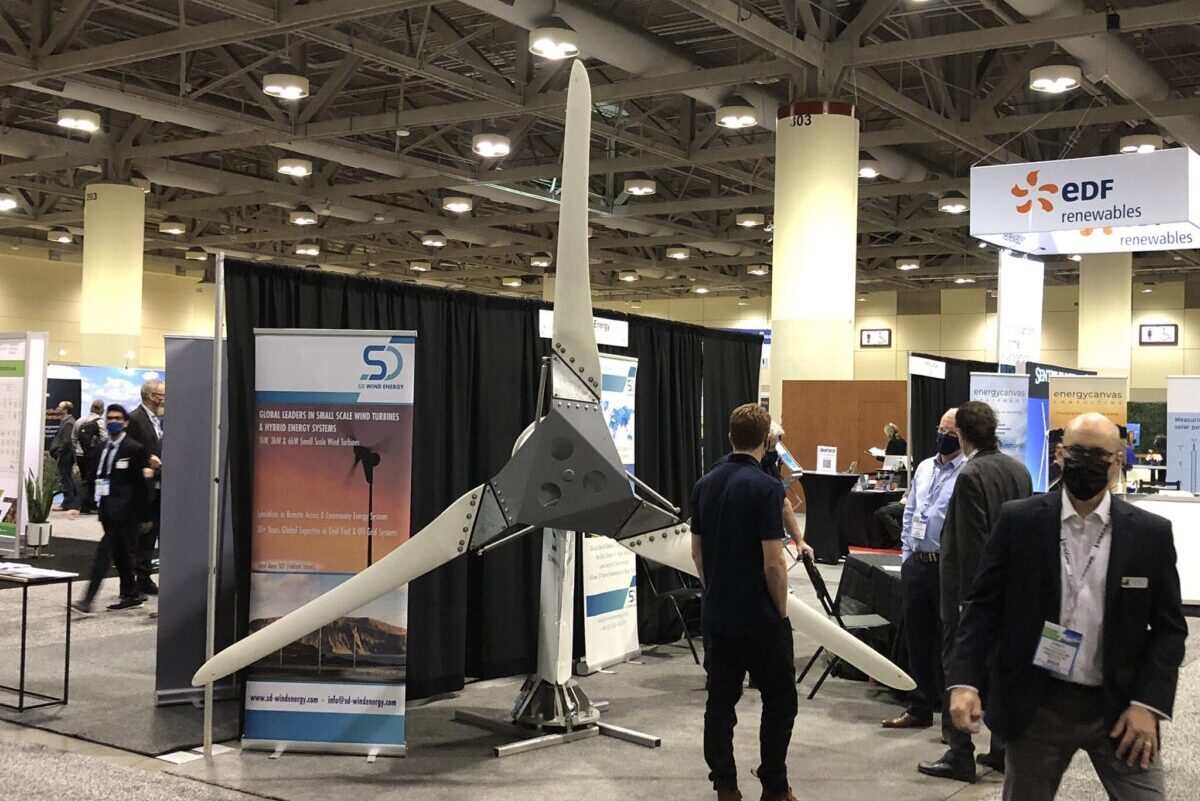We don’t have the time left to waste!
Climate change and global warming are the two biggest challenges humanity is facing. Canada has made bold commitments to cut down its greenhouse gas emissions by 40 to 45% from the year 2005 to the year 2030.
Aside from that, the country also aims to achieve Net-Zero greenhouse gas emissions by 2050. However, it has only succeeded in keeping its GHG emissions but not reducing them.
With that said, the CanREA 2050 Vision movement explains why the country needs a robust and effective boost from solar energy, wind energy, and energy repository technologies, as it sets out a transformational journey to achieve net-zero greenhouse gas emissions by the year 2050.

Here are the significant challenges Canada has to overcome to achieve its goals:
1. Canada has to decarbonize its electricity production.
Canada must switch to a net-zero power grid by the year 2035 for it to achieve Net-Zero greenhouse gas emissions by 2050.
2. Canada must increase its production of electricity to support countrywide electrification.
According to several studies, Canada has to expand its electricity production to reach net-zero greenhouse gas emissions by 2050. Additionally, the country also needs to decarbonize its electricity as it is the most efficient way of cutting down GHG emissions.
3. Canada has to opt for the least expensive outlet to net-zero.
To keep Canada’s industry competent and safeguard its low-income citizens, the country has to keep the costs relatively low for its electricity expansion and decarbonization.

